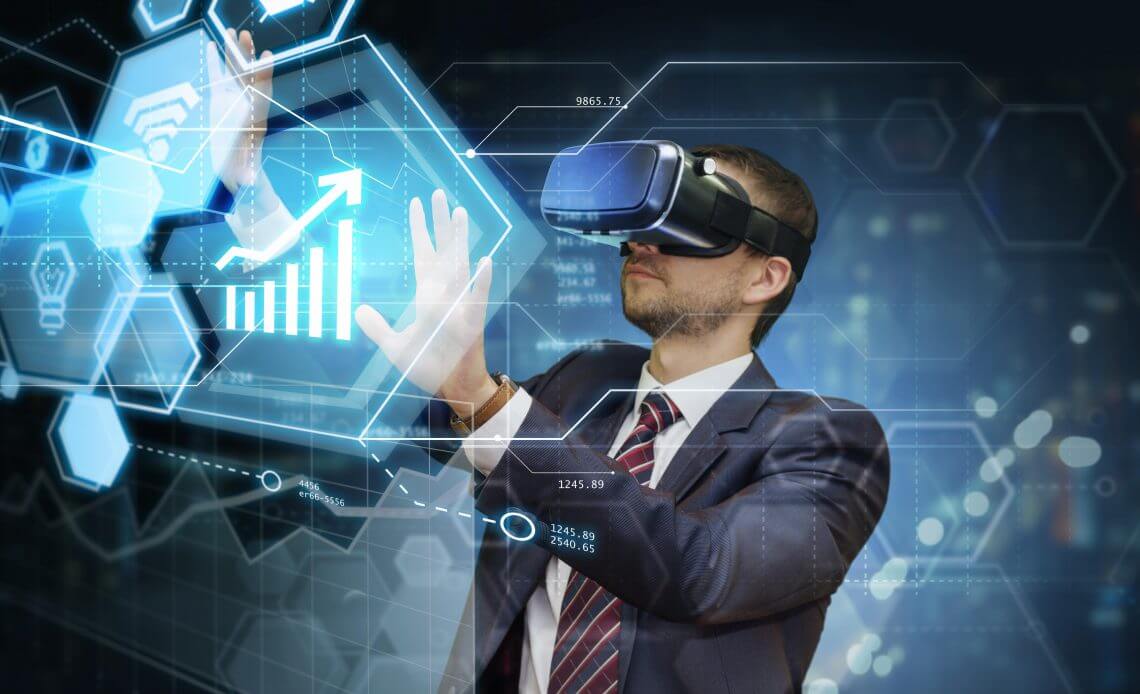1. Augmented Reality (AR) in Mobile Gaming:
AR technology enhances the real world with virtual elements, providing a seamless blend between the physical and digital realms. In mobile gaming, AR is being integrated in various ways:
2. Location-Based AR Gaming:
- Games like "Pokemon Go" use GPS and AR to let players explore real-world locations while capturing virtual creatures. This encourages physical activity and social interaction.
3. AR Gaming Platforms:
- AR development platforms like ARKit for iOS and ARCore for Android enable game developers to create AR experiences that utilize the smartphone's camera and sensors.
4. AR Puzzles and Challenges:
- Mobile games incorporate AR for puzzles and challenges, where players use their device's camera to solve mysteries or complete tasks in their real environment.
5. Educational AR Games:
- AR is used to make educational mobile games more interactive, helping students learn about history, geography, or science through immersive experiences.
6. Virtual Reality (VR) in Mobile Gaming:
VR creates fully immersive digital environments that players can explore and interact with. While VR headsets are more commonly associated with PC or console gaming, mobile devices are also adopting VR capabilities:
7. VR Headsets for Mobile Devices:
- Some mobile devices can be used with VR headsets, like the Samsung Gear VR and Google Daydream, to provide an immersive VR gaming experience.
8. 360-Degree Videos and VR Tours:
- Mobile games use VR technology to offer 360-degree videos or tours, where players can explore virtual environments and experiences without a full VR headset.
9. VR Mobile Games:
- A growing number of mobile games are designed exclusively for VR, offering players a wide range of experiences from adventure and exploration to simulation and horror.
10. Social VR: - Mobile VR platforms also enable players to socialize in virtual spaces, interact with friends, and participate in collaborative activities, fostering a sense of presence and connection.
11. Haptic Feedback and Motion Control: - Some VR-enabled mobile devices incorporate haptic feedback and motion control to enhance the immersive experience, allowing players to physically interact with the virtual world.
12. Health and Wellness VR Apps: - VR is being used in mobile apps for health and wellness, offering relaxation, meditation, and therapeutic experiences to reduce stress and anxiety.
13. Accessibility and Inclusivity: - Mobile VR is making immersive gaming more accessible, as it doesn't require expensive equipment, making it a more inclusive option for players.
Conclusion: The integration of AR and VR technologies in mobile gaming has expanded the possibilities for immersive, interactive, and engaging gameplay experiences. As mobile devices continue to advance, we can expect even more creative uses of AR and VR in gaming, blurring the lines between the real and virtual worlds, and providing gamers with exciting and innovative ways to play and connect. Mobile gaming is not just in the palm of your hand; it's a gateway to alternate realities and experiences.




Comments (0)